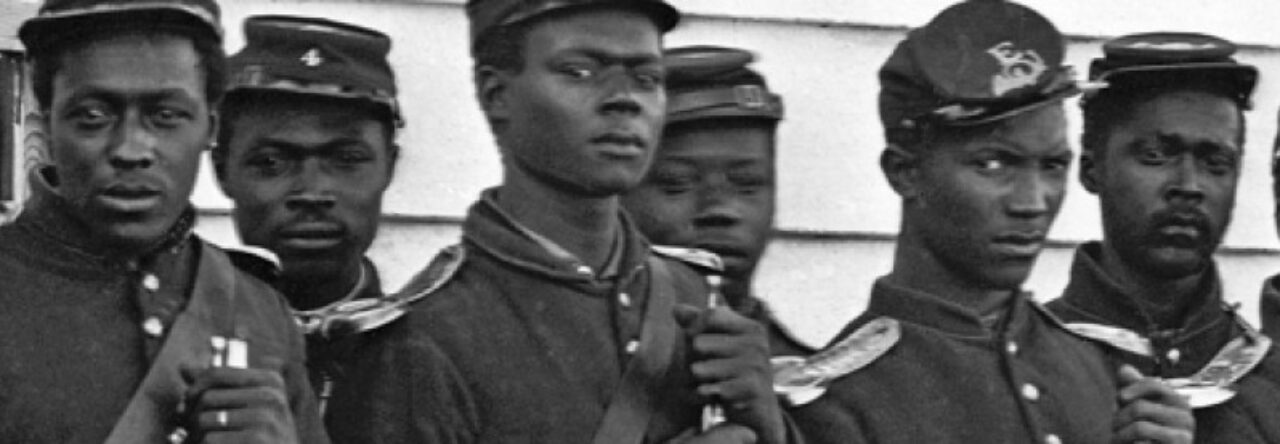The discussion in class were great and I really like that Dr. Pinsker Matt spent time in a conversation with us about the blog entries. BTW Matt, thank you for your explanation of immediate abolition, gradual abolition and political abolition. That will give a great handle for me to use with my young charges. I’ve been playing with setting up an Abolition Convention and your distinctions will be useful.
The thing I became most curious about today was the presentation by Primary Research. As they started talking about using gravestones to plot philosophical change, I went back to an experience I had earlier this summer. I talked a bit about it in a blog I keep for my students, Declaration Address and Dream. My students will tell you I have an affection for cemeteries. I can say, with pride, that I have now openly wept in the first three national cemeteries after visiting Old Soldier’s Home and Lincoln’s Cottage a few weeks ago.
One of my visions for the new school year is giving my students the chance to be historians – not just academics and conjecture historians, but dirt under the fingernails historians. Maple Grove Cemetery in Wichita is one of several in the city and has a Civil War Memorial which it is renovating. I have been ruminating on how to do that using Maple Grove and Primary Research gives me a template by which to begin with.
Completely unrelated, but in the spirit of the Olympics, here is a blog post about an Olympian buried at Maple Grove. I also find his sister fascinating as well. Imagine being a African American nurse during the Jim Crow era.





loilaing
I like cemeteries too Dave, and always try to visit one in my travels. Now that I think about it, there are quite a few pictures me of posing beside headstones! Your post on Solomon Butler and his sister was really interesting. It made me think about Burt Wilder who practiced medicine in a black regiment. Here’s a review of his diary http://www.h-net.org/reviews/showrev.php?id=32467